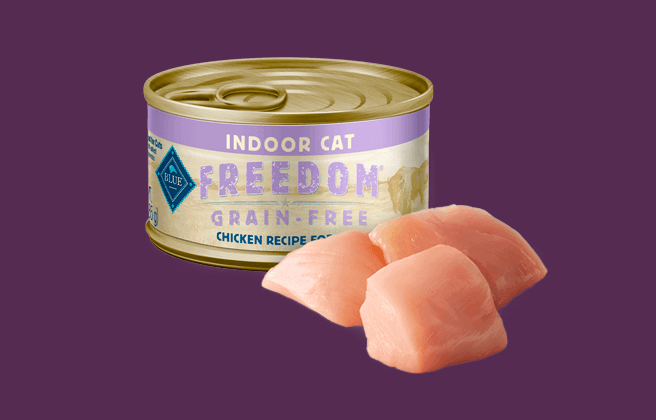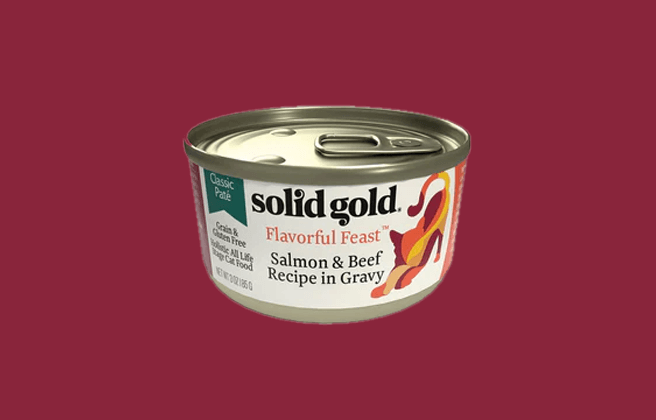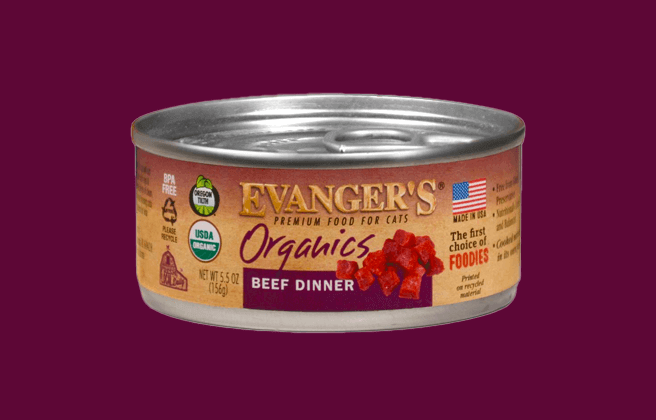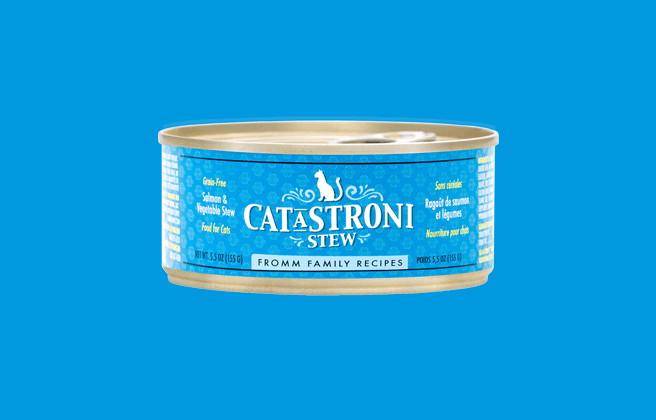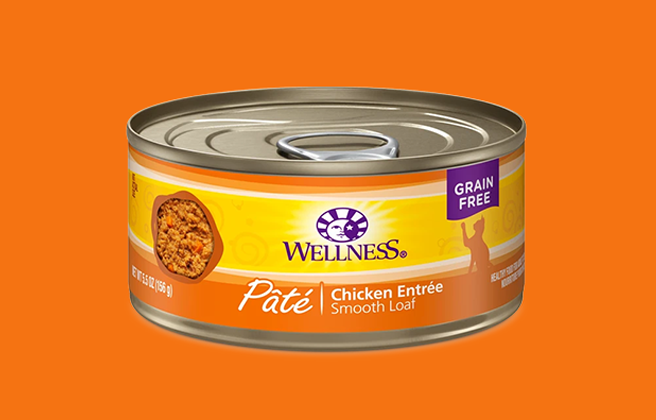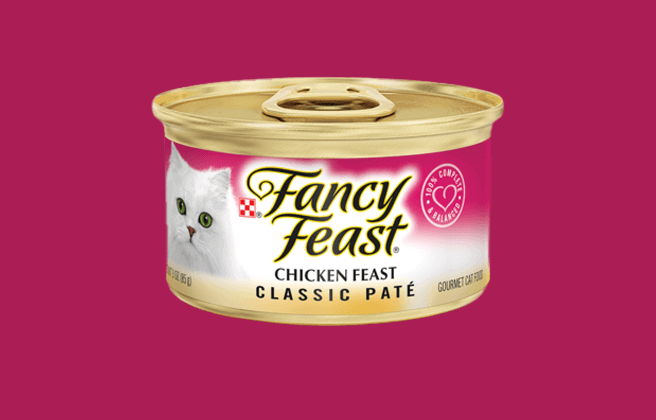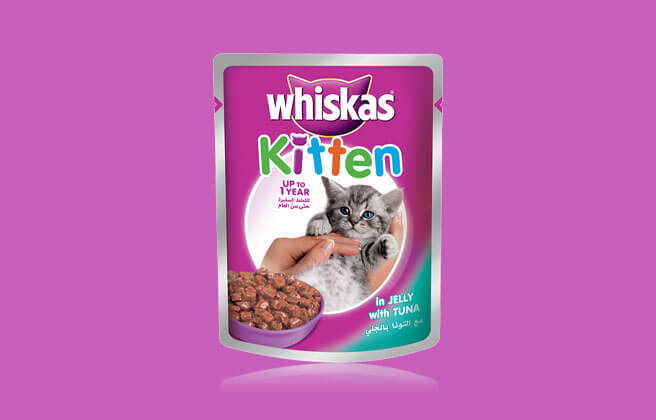
Our Verdict
Whiskas Kitten wet product range is made of one recipe which receives the Cat Food Advisor rating, 2.5 stars.
This food comes in a convenient pouch for serving and contains animal origin material which is tuna red meat. Protein content is high and it is rich in fat and moisture so offers a good food option to consider.
Pros
- High in protein
- Low in carbohydrate
- Rich in fat and moisture
- Added vitamins
Cons
- Contains carrageenan
- Includes vegetable oil
- Only one recipe option
The table below shows each recipe in the range including our rating and the AAFCO nutrient profile: Growth (kitten), Maintenance (adult), All Life Stages, Supplemental or Unspecified.
| Product line | Rating | AAFCO |
|---|---|---|
| Whiskas® Kitten pouch with Tuna in Jelly | 2.5 | G&M |
Recipe and Label Analysis
Label and nutrient data below are calculated using dry matter basis.
Whiskas® Kitten pouch with Tuna in Jelly recipe
Estimated Dry Matter Nutrient Content
Protein
Fat
CarbsCarbohydrates
Gelling agents (guar gum, cassia gum, kappa carrageenan, water), animal origin material (tuna red meat), soybean oil, vitamin C, vitamin E, taurine, copper (copper(II) sulphate pentahydrate), iodine (calcium iodate, anhydrous), iron (iron(II) sulphate monohydrate), manganese (manganous sulphate, monohydrate), zinc (zinc sulphate, monohydrate), cassia gum, flavorings.
Fiber (estimated dry matter content) = 1%
Red denotes any controversial items
Ingredients Analysis
The first ingredient is gelling agents (guar gum, cassia gum, kappa carrageenan, water). Guar gum is a gelling or thickening agent found in many wet pet foods. Refined from dehusked guar beans, guar gum can add a notable amount of dietary fiber to any product.
Cassia gum is a plant extract and provides no nutritional value to this food.
Carrageenan is a gelatin-like thickening agent extracted from seaweed. Although carrageenan has been used as a food additive for hundreds of years, there appears to be some recent controversy regarding its long term biological safety.
Water adds nothing but moisture to this food. Water is a routine finding in most wet cat foods.
The second ingredient is tuna which is an oily marine fish not only high in protein but also omega 3 fatty acids, essential oils needed by every cat to sustain life.
This item is typically sourced from clean, undecomposed whole fish and fish cuttings of commercial fish operations. 1
The third ingredient is soybean oil which is red flagged here only due to its rumored (yet unlikely) link to feline food allergies.
However, since soybean oil is high in omega-6 fatty acids and contains no omega-3s, it’s considered less nutritious than flaxseed oil or a named animal fat.
The fourth ingredient is vitamins and minerals.
Vitamins and minerals are included in this ingredients list, as in Europe ingredients are declared a little differently. In the US our nutritional additives are listed within our ingredients list. In Europe, ingredients and additives are listed separately. For that reason the category of vitamins and minerals can be included, to include those elements which are classed as an ingredient, rather than an additive, such as calcium carbonate and magnesium oxide. These elements contribute to the nutritional balance of a food and we see their inclusion as a positive.
Nutrient Analysis
Based on its ingredients alone, Whiskas® Kitten pouch with Tuna in Jelly recipe looks like an above-average wet product.
The dashboard displays a dry matter protein reading of 52.9%, a fat level of 29.4% and an estimated carbohydrate level of 9.6%.
This means this Whiskas Kitten Pouch contains higher than average protein, lower than average carbohydrate and higher than average fat, when compared to typical wet cat food.
Final Word
This food does offer a good food option, but it is worth noting that it contains both carrageenan and vegetable oil. Even so, this food is a good option to consider.
Has Whiskas Kitten Pouch Wet cat food been recalled in the past?
Yes. After 60 years in the industry, Whiskas announced its first voluntary recall, which involved several varieties of dry cat food sold in Canada.
The company attributed the 2021 recall to a raw ingredient not meeting their quality standards, but retailer Costco Wholesale revealed that the cause was the potential for mycotoxin contamination.
You can view a complete list of all cat food recalls since 2021 here.
To stay on top of any cat food product recalls, sign up for our free email alerts, here.
About
The brand Whiskas was created in 1936, although at that point it was called Kal Kan. It was one of the first pet food brands to ever be produced. The brand’s name changed to Whiskas in 1988.
It is owned by Mars Petcare, which also owns other popular brands such as Iams and Nutro.
Some of its products sold in the United States are made in Virginia by a co-packing company. The company partners with other manufacturers around the world.
Sources
Best cat foods
We uphold the highest editorial standards when creating the authoritative content pet parents rely on and trust.
Every piece of clinical content on the Cat Food Advisor is reviewed by our certified Veterinary Advisory Board, which consists of licensed veterinarians and medically certified specialists.
Our reviews are completely independent; we are not paid by any pet food company to promote their products favorably. We do not accept money, gifts, samples or other incentives in exchange for special consideration. For more information see our Disclaimer & Disclosure page.







